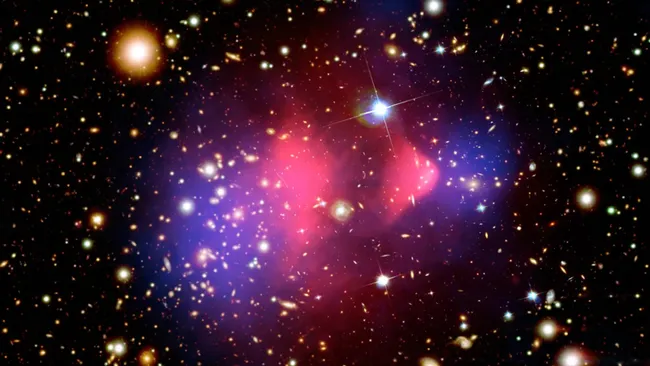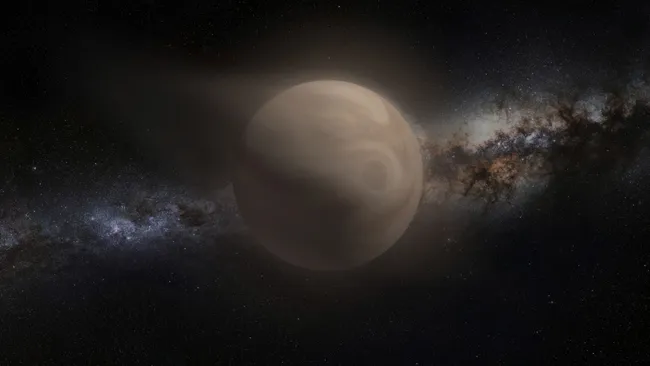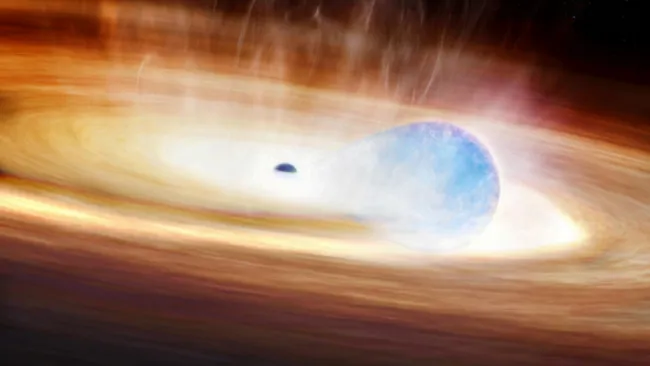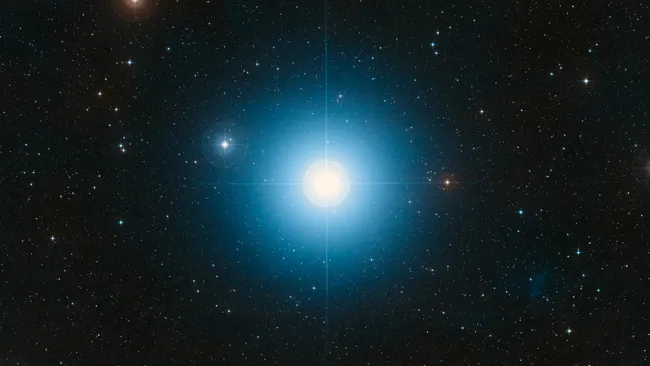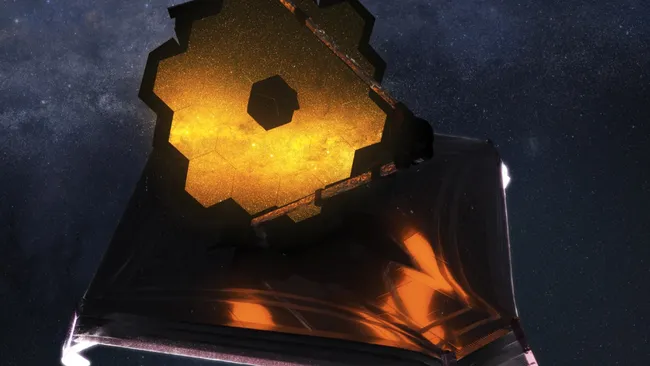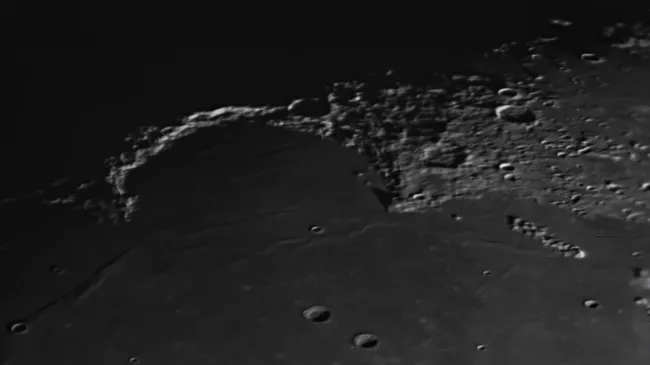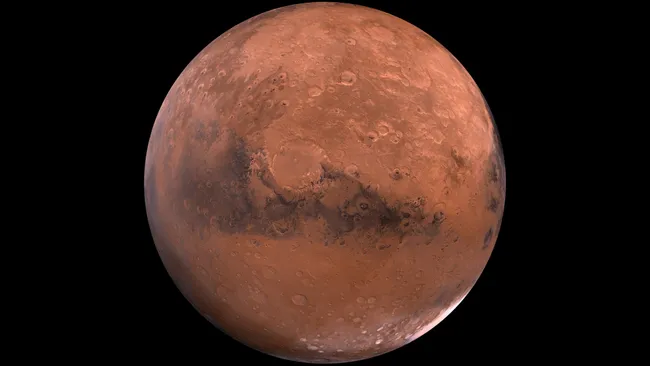Not-so-dark matter? Mysterious substance might leave red and blue ‘fingerprints’ on light — A new study suggests that dark matter, long thought to be invisible, could subtly color the universe with faint hues of red and blue.
Dark matter constitutes over 80% of the universe’s matter, yet it doesn’t emit, absorb, or reflect light—making it effectively invisible. However, scientists from the University of York (U.K.) propose that light traveling through dark matter–rich regions may acquire a tiny tint, either red or blue, depending on the specific type of dark matter present.
According to Mikhail Bashkanov, co-author of the study, this hypothesis challenges the traditional view:
“Most researchers agree that dark matter is dark,” Bashkanov said. “But we’ve shown that even the darkest form imaginable could still leave a color signature.”
The researchers liken this to the “six handshakes rule”—the idea that any two people are connected by a chain of six acquaintances. Similarly, dark matter might not interact directly with light but could do so indirectly through intermediate particles such as the Higgs boson, the “God particle” responsible for giving mass to other particles.
This indirect connection could cause photons—the particles of light—to scatter ever so slightly when passing through dark matter, imprinting a tiny “color” or polarization fingerprint on the light.
The effect would be extremely faint, undetectable with current telescopes, but potentially measurable with next-generation observatories like the European Extremely Large Telescope or NASA’s Nancy Grace Roman Space Telescope.
In the study, published in Physics Letters B, researchers calculated how light might scatter off Weakly Interacting Massive Particles (WIMPs). If dark matter consists of WIMPs, light passing through such regions would lose its higher-energy blue photons first—creating a slight red tint. Conversely, if dark matter interacts only via gravity, the effect would produce a faint blue shift instead.
These minuscule shifts could slightly distort the light spectra of distant galaxies, offering a new way to differentiate dark matter models—depending on whether cosmic light trends red or blue as it moves through space filled with dark matter.
“Our findings could help focus the search for dark matter,” Bashkanov added. “Rather than chasing every theory, we can now pinpoint where and how to look.”
If confirmed, the discovery would open a new observational window into dark matter, pushing humanity one step closer to uncovering one of the greatest mysteries in cosmology.

